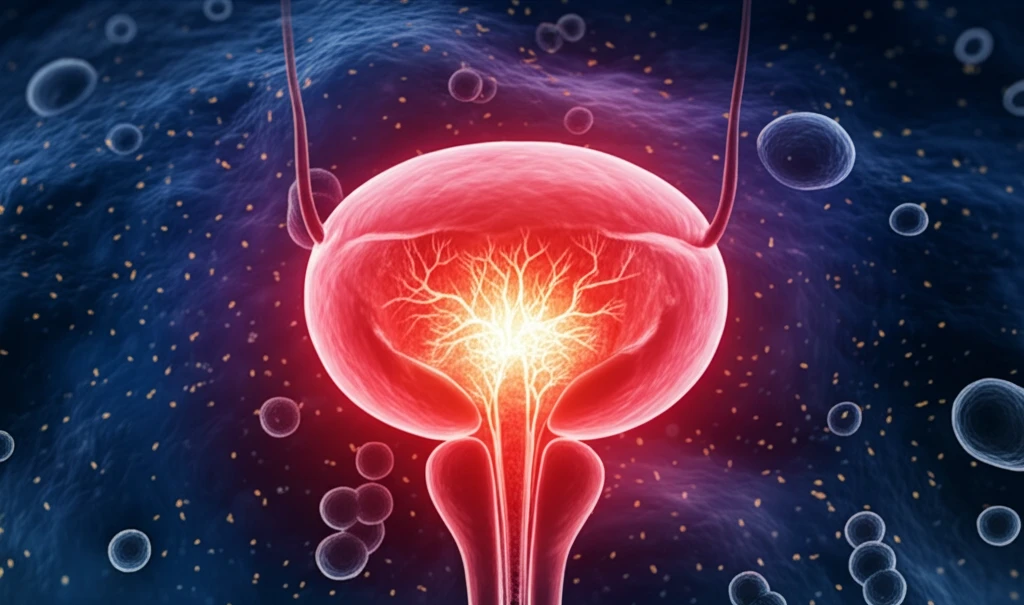
Pressure Points: Unlocking Bladder Health Through Cell Science
"Could Understanding Cellular Responses to Pressure Revolutionize Urological Treatments?"
Bladder reconstructive surgery has become a common procedure for addressing functional and anatomical issues within the bladder. Enterocystoplasty, while helpful, carries risks like infection, metabolic disorders, and malignancies. Tissue engineering is now a promising alternative, and key to its success is understanding how to maintain healthy bladder cells in the lab, specifically bladder smooth muscle cells and urothelial cells (UCs).
Urothelial cells (UCs) line the urinary tract, forming a crucial barrier that protects against water, ion, solute, and pathogen penetration. These cells, arranged in layers (basal, intermediate, and umbrella cells), rely on uroplakins—specialized cell membrane proteins—for their function. Uroplakins make up about 90% of umbrella cells and are vital for the barrier function of the UCs.
However, when UCs are isolated and grown in the lab, they tend to lose their specialized characteristics and functions. Therefore, encouraging and maintaining uroplakin expression is essential for effectively engineering bladder tissue. Emerging research highlights the importance of mechanical cues in cell differentiation. This raises an important question: Can cyclic hydrodynamic pressure (simulating the bladder's natural filling and emptying) help maintain uroplakin expression in UCs?
How Does Cyclic Hydrostatic Pressure Impact Uroplakin Expression?

Researchers investigated the impact of cyclic hydrostatic pressure on uroplakin expression in human UCs and the role of extracellular regulated protein kinases 1/2 (ERK1/2) in this process. They subjected human UCs to varying levels of cyclic hydrodynamic pressure (simulating bladder cycles) and then analyzed uroplakin expression using real-time PCR and western blot techniques. They also used an ERK1/2 inhibitor to determine the involvement of ERK1/2 signaling.
- Cyclic hydrostatic pressure, specifically at 200 cm H2O, can significantly enhance uroplakin expression in human UCs.
- ERK1/2 signaling is involved in the pressure-induced uroplakin expression.
- Inhibiting ERK1/2 reduces the pressure-induced uroplakin expression.
Why This Matters for Bladder Health
This study sheds light on how mechanical forces influence uroplakin expression in UCs, with implications for tissue engineering and treating urinary tract diseases. By identifying the optimal pressure conditions (200 cm H2O) and the involvement of the ERK1/2 signaling pathway, researchers have opened new avenues for enhancing uroplakin expression in engineered bladder tissues. Uroplakins are not only markers of UC differentiation but also play roles in bladder cancer diagnostics and interstitial cystitis. Understanding how to regulate their expression could lead to new therapeutic strategies for these conditions.
